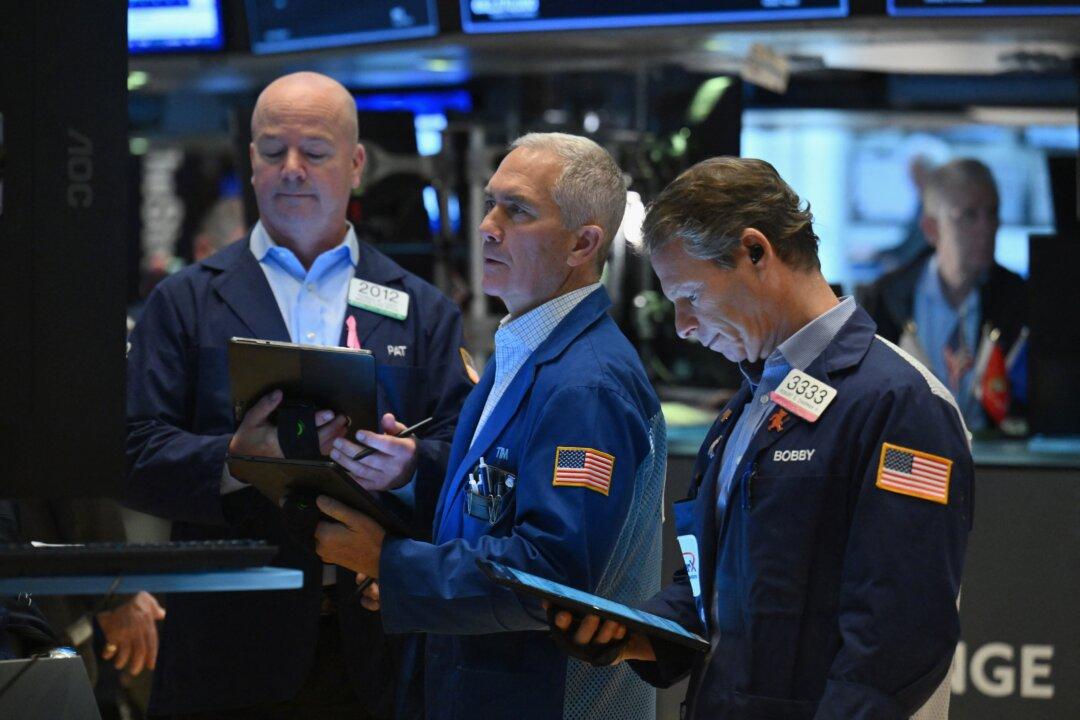An economic indicator that has historically predicted U.S. recessions with high accuracy is now signaling a potential recession for the country following the recent spike in unemployment numbers.
The U.S. Bureau of Labor Statistics (BLS) released the unemployment rate data on Friday, bumping it up to 4.3 percent for July, up from 4.1 percent the previous month. Subsequently, the Sahm Rule indicator, which uses unemployment data, was updated. When the indicator rises 0.5 percent or more, it signals a recession.





